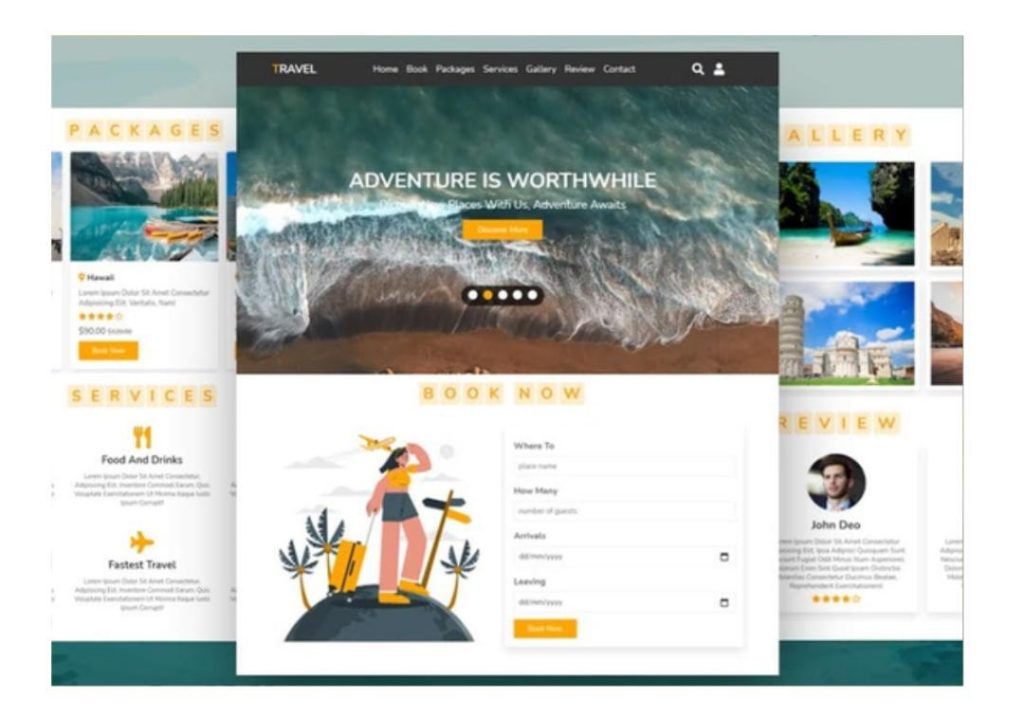
Can User Journey Mapping Transform Your Website?
In today’s digital landscape, a website is no longer just a digital brochure, but a dynamic experience that requires a deep understanding of its users. As users, we’ve all encountered websites that are frustrating, confusing, or downright annoying. Conversely, we’ve also experienced websites that are intuitive, engaging, and memorable. The difference lies in the user journey – the path a user takes as they interact with your website.
User journey mapping is a powerful tool that helps brands optimize every step of the user experience, from awareness to conversion. By understanding how users interact with your site, you can identify friction points, missed opportunities, and areas for improvement. In this blog post, we’ll explore the benefits of user journey mapping and how it can transform your website.
What is User Journey Mapping?
User journey mapping is a visual representation of the steps a user takes as they interact with your website. It’s a collaborative process that involves researchers, designers, and developers working together to create a map that illustrates the user’s journey. This map is not just a diagram, but a tool that helps teams understand the user’s thoughts, feelings, and motivations at each stage of the journey.
Benefits of User Journey Mapping
- Improved User Experience: By understanding the user’s journey, you can identify areas where the experience is broken or frustrating, and make targeted improvements to create a seamless, goal-driven experience.
- Increased Conversions: By mapping the user journey, you can identify opportunities to optimize the conversion process, reducing friction and increasing the likelihood of conversion.
- Better Decision Making: User journey mapping provides valuable insights that inform design and development decisions, ensuring that the website is built with the user in mind.
- Enhanced Competitiveness: By understanding the user journey, you can differentiate your website from competitors and create a unique, memorable experience that sets you apart.
How to Conduct User Journey Mapping
Conducting user journey mapping involves several steps:
- Define the Goal: Determine the goal of the user journey map – to improve the user experience, increase conversions, or enhance competitiveness.
- Gather Research: Conduct user research to gather insights on the user’s needs, motivations, and pain points.
- Create the Map: Using the research insights, create a visual representation of the user’s journey, including the steps, touchpoints, and pain points.
- Analyze and Prioritize: Analyze the map to identify areas for improvement and prioritize the most critical changes.
- Implement and Refine: Implement the changes and refine the user journey map as needed.
Real-Life Examples of User Journey Mapping
- Airbnb: Airbnb used user journey mapping to identify areas where the booking process was confusing and frustrating, resulting in a 25% increase in bookings.
- Amazon: Amazon used user journey mapping to identify opportunities to improve the checkout process, resulting in a 10% increase in conversions.
- The Guardian: The Guardian used user journey mapping to identify areas where the subscription process was confusing, resulting in a 20% increase in subscriptions.
Conclusion
In today’s world, user understanding is design’s most powerful input. User journey mapping is a powerful tool that helps brands optimize every step of the user experience, from awareness to conversion. By understanding the user’s journey, you can create a seamless, goal-driven experience that sets your website apart from competitors. Whether you’re looking to improve the user experience, increase conversions, or enhance competitiveness, user journey mapping is a valuable investment that can transform your website.
Source: https://www.growthjockey.com/blogs/user-journey-leads-to-website-optimization






